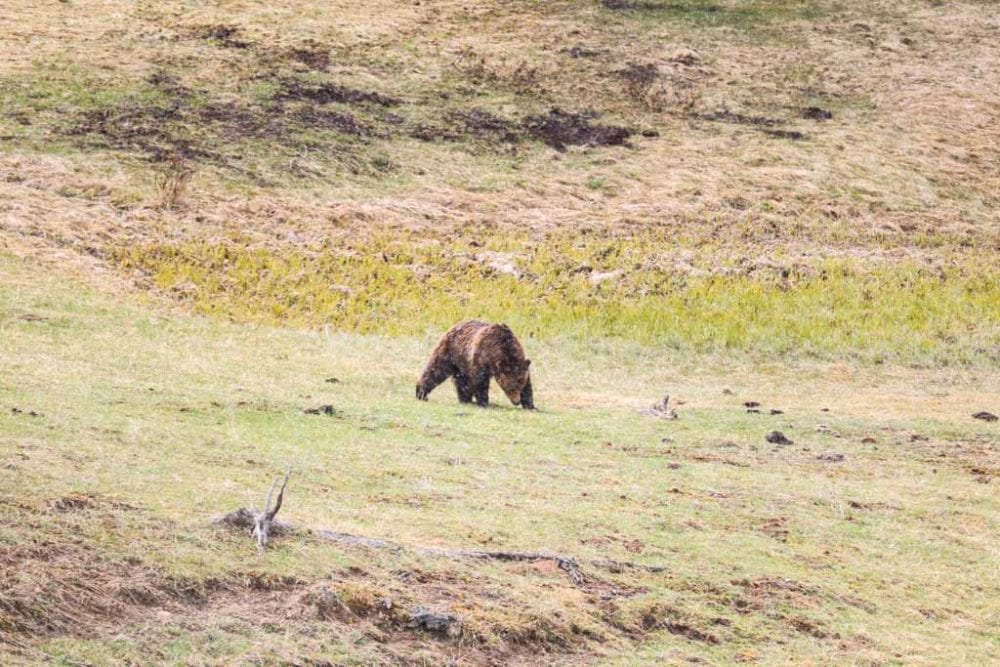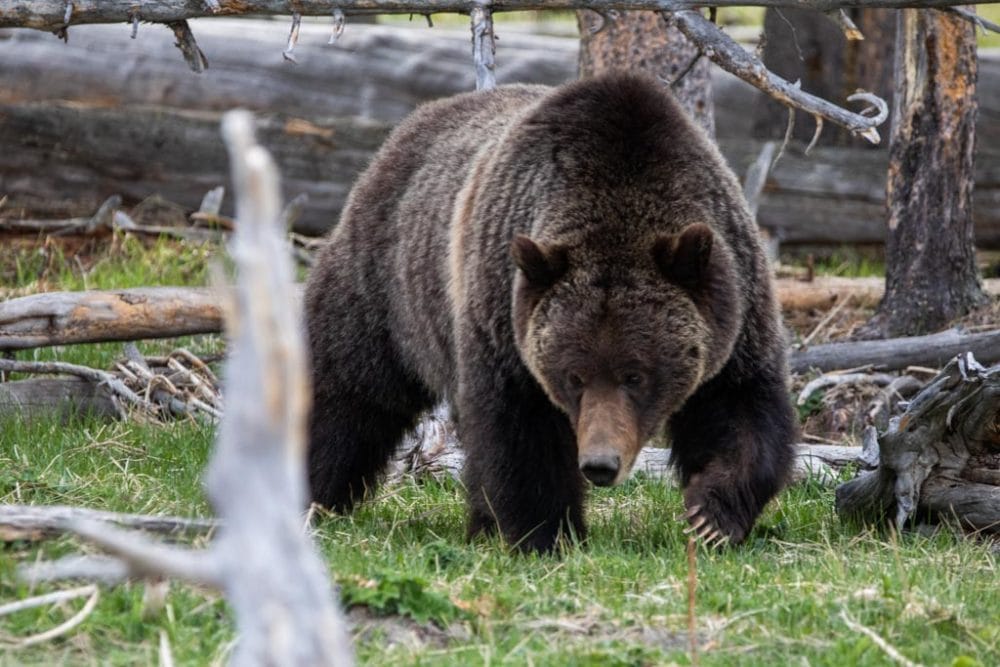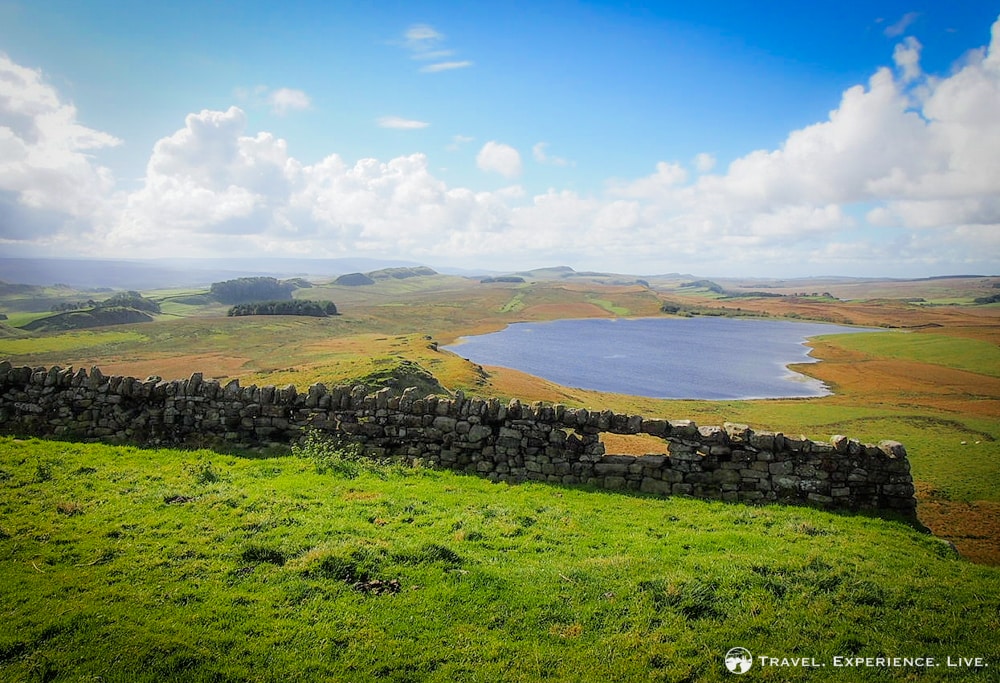First Grizzly Bear of 2022 Spotted in Yellowstone National Park
This news story about the first grizzly bear sighting in Yellowstone National Park in 2022 is based on a March 8, 2022, National Park Service press release. You can read the original release here.
After a long, cold and harsh winter, Yellowstone National Park is slowly reawakening. Traditionally, the first Yellowstone grizzly bear sighting is one of the first signs that spring is on its way in the park.
This year, the first grizzly bear of 2022 was spotted on March 7 in Yellowstone National Park.
First Grizzly Bear of 2022 Spotted in Yellowstone National Park
It concerned a male grizzly, which was spotted by a pilot supporting Yellowstone National Park wildlife research, according to a park statement. The adult bear was observed walking in a meadow in the park’s west-central part.

The National Park Service said that “male grizzlies come out of hibernation in early March. Females with cubs emerge in April and early May.” So, it’s usually the males that are observed first, followed by females with cubs a month or so later.
In 2021, Yellowstone’s first grizzly bear was seen on March 13. The first grizzly sighting of 2020 occurred on March 9.
When bears emerge from hibernation, they are famished and roam the park searching for any food they can find. Typically, they feed on the carcasses of bison and elk that didn’t survive Yellowstone’s challenging winter.
During this time, bears will respond very aggressively to encounters with humans, particularly when feeding in these carcasses.
Male grizzlies come out of hibernation in early March. Females with cubs emerge in April and early May.
When bears emerge from hibernation, they look for food and often feed on elk and bison that died over the winter. Sometimes, bears will react aggressively to encounters with people when feeding on carcasses.
Read more about bear hibernation in Yellowstone here.
“Spring visitors hiking, skiing, or snowshoeing in the park can reduce the chances of encountering bears by avoiding low elevation winter ranges, thermal areas, and south-facing slopes where bears seek out ungulate carcasses and spring vegetation shortly after emerging from winter dens,” said Kerry Gunther, the park’s bear management biologist.
While firearms are allowed in the park, the discharge of a firearm by visitors is a violation of park regulations.
Bear spray has proven effective in deterring bears defending cubs and food sources. It can also reduce the number of bears killed by people in self-defense. You can learn how to use bear spray correctly here.
Additionally, the park restricts certain visitor activities in locations where there is a high density of elk and bison carcasses and lots of bears. Restrictions will begin in some bear management areas on March 10.
All of Yellowstone National Park is bear country, from the deepest backcountry to the boardwalks around Old Faithful.

Grizzly Bear Safety in Yellowstone National Park
Protect yourself and the bears people come here to enjoy by following the following guidelines,
- Prepare for a bear encounter.
- Carry bear spray, know how to use it, and make sure it’s accessible.
- Stay alert.
- Hike or ski in groups of three or more, stay on maintained trails, and make noise. Avoid hiking at dusk, dawn, or at night.
- Do not run if you encounter a bear.
- Stay 100 yards (91 m) away from black and grizzly bears. Approaching bears within 100 yards is prohibited. Use binoculars, a telescope, or telephoto lens to get a closer look.
- Store food, garbage, barbecue grills, and other attractants in hard-sided vehicles or bear-proof food storage boxes.
- Report bear sightings and encounters to a park ranger immediately.
- Learn more about bear safety.







